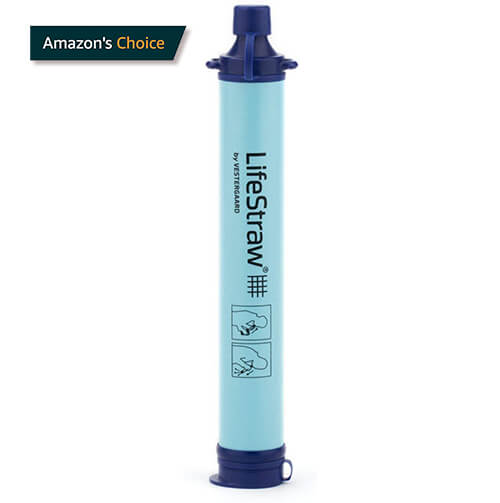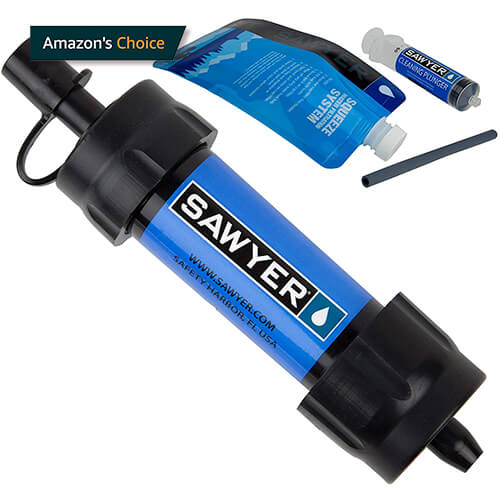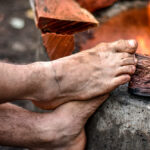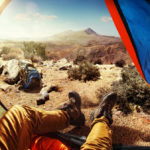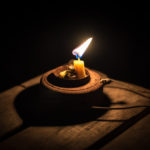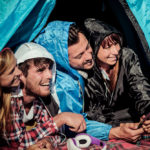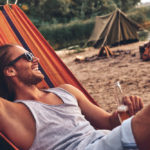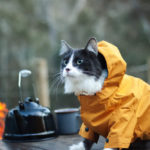Desert, hiking and water are words that are rarely in the same sentence. So how much water should you bring when hiking in the desert?
Hiking in the desert is an incredible way to experience this vast landscape in all its golden glory. Climbing dunes, weaving through canyons, and catching glimpses of elusive desert plants and animals are all a part of the adventure.
Yet, in all of our excitement, we mustn’t forget how unforgiving the sun and heat can be when planning the perfect hiking trip in the desert.
As we exercise, our heart rate increases, and we lose fluids from our body as sweat to cool down. Good hydration can regulate your body temperature, transport nutrients in your body, lubricate your joints, and help your heart pump blood throughout the body – all essential functions!
No matter the length of your hiking trip, bringing the right amount of drinking water can prevent dehydration and its dangerous consequences.
Depending on your hiking route, there may or may not be reliable water sources along the way, so it’s essential to plan to hike safely. You may need to calculate just how much water to carry throughout your journey if there are no other water sources on your chosen route.
Given that a person can only carry so much drinking water, it is also essential to consider different ways to prevent dehydration, such as the timing of your trip, taking breaks, and getting enough electrolytes.
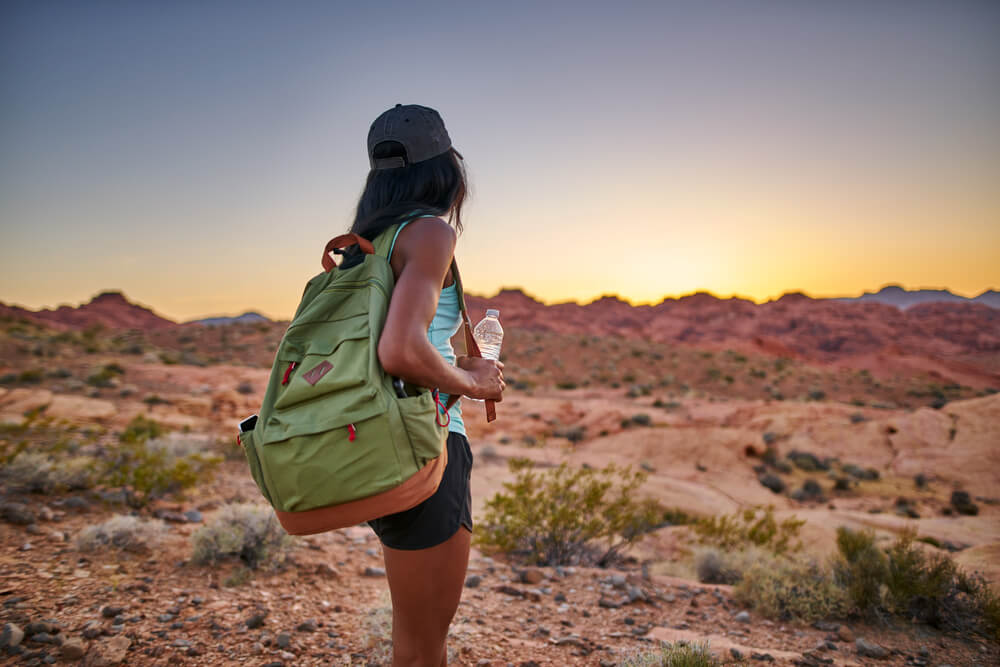
How Much Water Should I Bring To The Desert?
At a minimum, the average adult should drink 2 cups of water every hour while exercising. Children may need 1-2 cups per hour. However, this will vary depending on other factors, such as outdoor temperature, elevation, route difficulty, and personal / pack weight and stamina. You may need to increase this to 4 cups per hour in hot conditions, or about 1 litre. In order to stay hydrated until the end of your trip.
It would be best to consider your hiking companions when calculating the amount of water you need to bring. If you are hiking with children, you will probably hike at a slower pace than you would usually hike.
That is why it is always better to calculate the cups of water per hour instead of cups per mile. Pack extra water in emergencies, such as getting lost, injuries, sickness, or other accidents.
If you are sure that there are potable water sources along the way, you may be able to fill up your water bottles along the way. If you intend to collect water in the backcountry, be sure to have a water filter that treats bacteria, protozoa, and perhaps even viruses.
Be sure that your natural water source isn’t affected by chemical runoff from agriculture or other sources. Most likely your not going to find a cold water source, but if you dont drink regularly inhaling down hot water will feel like heaven on a hot day.
Dangers of Dehydration For The Average Hiker
Dehydration occurs when our bodies release more fluids than we consume, and we deplete our body stores. When we lose too much water from our bodies, our organs, tissues, and cells no longer function properly. This can lead to mild or severe cases of dehydration.
The most common cause of dehydration in the desert is excessive sweating caused by high temperatures. However, sicknesses such as fever, vomiting, or diarrhoea will also lead to dehydration quickly.
In mild cases, one may experience headaches, fatigue, dry mouth, decreased urination, light-headedness, dizziness, and constipation. In more severe cases and previous symptoms, one may experience excessive thirst, lack of sweat production, rapid breathing and heart rate, dark urination, and low blood pressure.
Untreated dehydration can become life-threatening. People may experience heat exhaustion, heat cramps, heat stroke, kidney failure, low blood volume, seizures, and even a coma.
Always consider the cause of dehydration (hot / cold weather, illness, exercise, etc.) so that you can take action to prevent and minimize the risk of dehydration, which can quickly become serious no matter what the cause is.
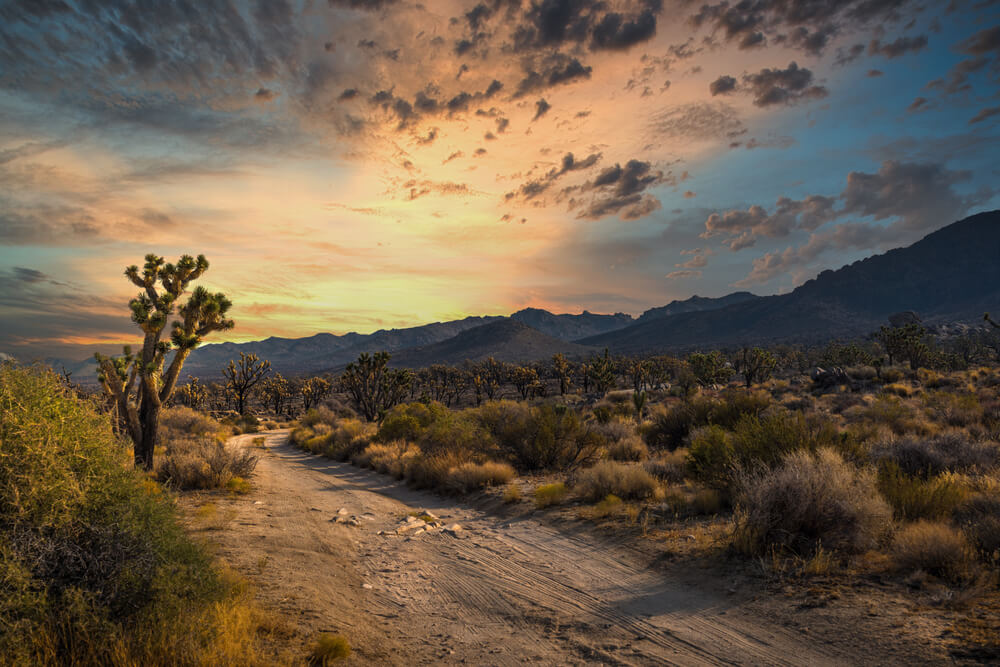
Prevention of Dehydration, Symptoms Of Dehydration
Preventing dehydration involves proper planning and using your wits. Sip your water consistently throughout your journey rather than drinking it all at once, which will cause you to lose it all with frequent urination and may cause cramping as you hike. Also, be sure to have sources of electrolytes that will help replenish your mineral losses and better maintain hydration.
Considering your backpacking trips timing can also prevent hiking in scorching temperatures that lead to excessive sweating and loss of fluids. Maybe this means that you hike your route in the spring or the fall rather than in the middle of summer when the temperatures aren’t as hot. Or you could plan to hike in the early morning or evening to avoid peak temperatures in the middle of the afternoon.
When planning your route, consider options that may allow you to walk in the shade, which is cooler than direct sunlight and minimises the risk of sunburn. For instance, you could hike in a valley instead of on a cliff or ridge.
Look for shade to rest up regularly, consider using your sleeping bag as a shade sail and remove any excess clothing especially if your wearing gloves, beanies and other items that can raise body temperature.
Take regular breaks and small sips and frequent sips, especially at the hottest part of the day. Slogging through your hike at high temperatures is not only torturous, but you will also feel the need to drink your water at a faster pace and deplete your resources more quickly.
Consider hiding a one liter water bottle and bring hiking powdered sports drink, which will replace salts and electrolytes lost from sweat.
Conclusion
Hiking in the desert can be a fantastic experience, but it is no joke when it comes to the dangers of dehydration. Bringing enough water on your desert hike is essential–2 cups per hour per (minimum!) per adult and 1-2 cups per hour (minimum!) per child.
However, there are also several other things that you can do to prevent dehydration, including timing, route planning, and packing electrolyte sources. By planning, you can ensure that your trip is enjoyable and even prevent potentially dangerous scenarios related to dehydration.

